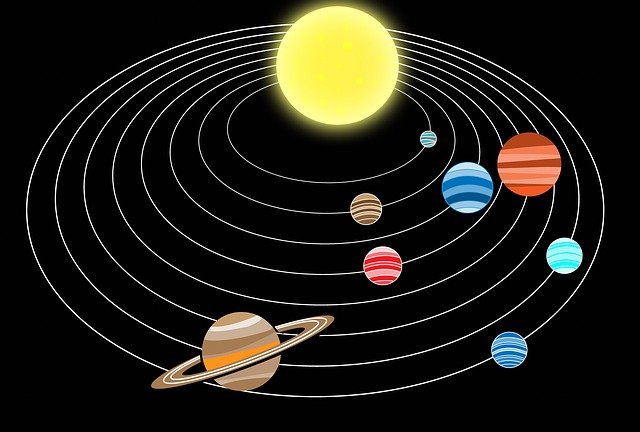11 Biggest Facts About Comets
What Are Comets (comet facts)
What we know about comets is that comets are small solar system bodies and they are usually made up of dust, ice and rock particles. These things are key to its nucleus. Observing comets has been a very special place in astronomy. Therefore, in astronomy, comets are divided into several parts: Short Period Comets and Long Period Comets. The orbits of almost all comets are highly eccentric, rising towards the sun and getting hot due to solar radiation and solar winds, from which we can see gas tails. What we know as comet tails, but this process is called outgassing. By the way, it has two tails, a gas tail and a dust tail. Comet tails can sometimes be as long as an astronomical unit.
Short Period Comets (interesting comet facts)
Now let's talk about the features of the Short Period Comet, which originally came from the Kuiper Belt or also from the Scattered Disc. Also called periodic comets, their orbital period can be 200 years or less. At the same time shorter orbital period extreme comets are also present in our solar system. Comet Encke is a good example of this which completes one cycle of the sun every 3.3 years.
Long period comets (facts about comets)
Long period comets have an orbital period of 200 to several thousand years, C / 2006 P1 also known as The Great Comet of 2007 has an orbital period of 92,600 years. The comet, last seen on January 12, 2007, appears to be coming from the Comet Oort Cloud, attracted to the Sun by nearby stars or the gravitational effect of a planet.
Facts About Comets:
1. On March 2, 2004, the European Space Agency launched the Space Probe, which did an amazing job. The Rosetta spacecraft became the first robotic spacecraft to land on a comet. Which landed on Comet 67P / Churyumov-Gerasimenko and studied it in depth and collected samples.
2. But the biggest fact or mystery is that during the
mission, the spacecraft captured the radio signals coming from inside the
comet. The signal sounded like a musical melody, which is why it was associated
with aliens. — facts about space comets
3. This was followed by the launch of a spacecraft called
Deep Impact by NASA on January 12, 2005. Deep Impact was designed to study the
internal composition of Comet Tempel 1, which collected information about the
comet's nucleus by releasing the Impactor inside the comet.— dirty snow balls facts
4. On February 11, 1980, Edward L.G. Bowell discovered C / 1980 E1, considered a non-periodic comet, and was pushed too fast by the gravitational effect as it came too close to the sun. Due to which Comet C / 1980 E1 is leaving our solar system.
5. C/ 1995 01 Comet also known as Hale Bopp is considered to be the most observed comet of the 20th century. This Comet is discovered on July 23, 1995 by Alan Hale and Thomas Bopp.
6. The most famous comet, Halley's Comet, is a short-period
comet that is visible on Earth every 75 years, with a radius of only 5.5
kilometres. Discovered by Edmond Halley in 1758, the comet was composed of
water, ice, carbon dioxide, carbon monoxide, etc., and as it approaches the
sun, it moves from the solid state to the gas state and forms its tail. — comet facts
7. Halley’s comet has the nearest distance of 87,664,352 kilometres and the farthest distance is 35 astronomical units. With an orbit period of 75 years, it will now appear in our solar system on July 28, 2061. — famous comet facts
8. The Stardust spacecraft launched by NASA on February 7,
1999 and the main work of this spacecraft was similar to its name. The Stardust
spacecraft was sent to collect comet tail dust samples from the comet
81P/Wild's coma, which is a dusty cloud. — fun comet facts
9. If you like to know about Comet, you must have heard the name Comet Shoemaker- Levy 9. This comet was discovered by Carolyn, Eugene M. Shoemaker and David Levy. Shoemaker- Levy 9 was a comet that was absorbed by Jupiter in 1994.
10. This is the first time we have had the opportunity to observe an Extra-terrestrial Collision directly in our solar system. The news was very popular at the time and was observed by astronomers around the world. Its radius was only one kilometer and its orbital period was 18 years. But it was captured by Jupiter.
11. The D / 1770 L1, also known as Laxell's Comet, was discovered by Charles Messier in 1770. But later it was classified as a Lost Comet. It was a comet that came to a distance of only 2,200,000 km from the Earth, a comet that had never come so close to the Earth before. Then it is never seen again so it is called Lost Comet.





Comments
Post a Comment
Please do not enter any spam link in the comment box.